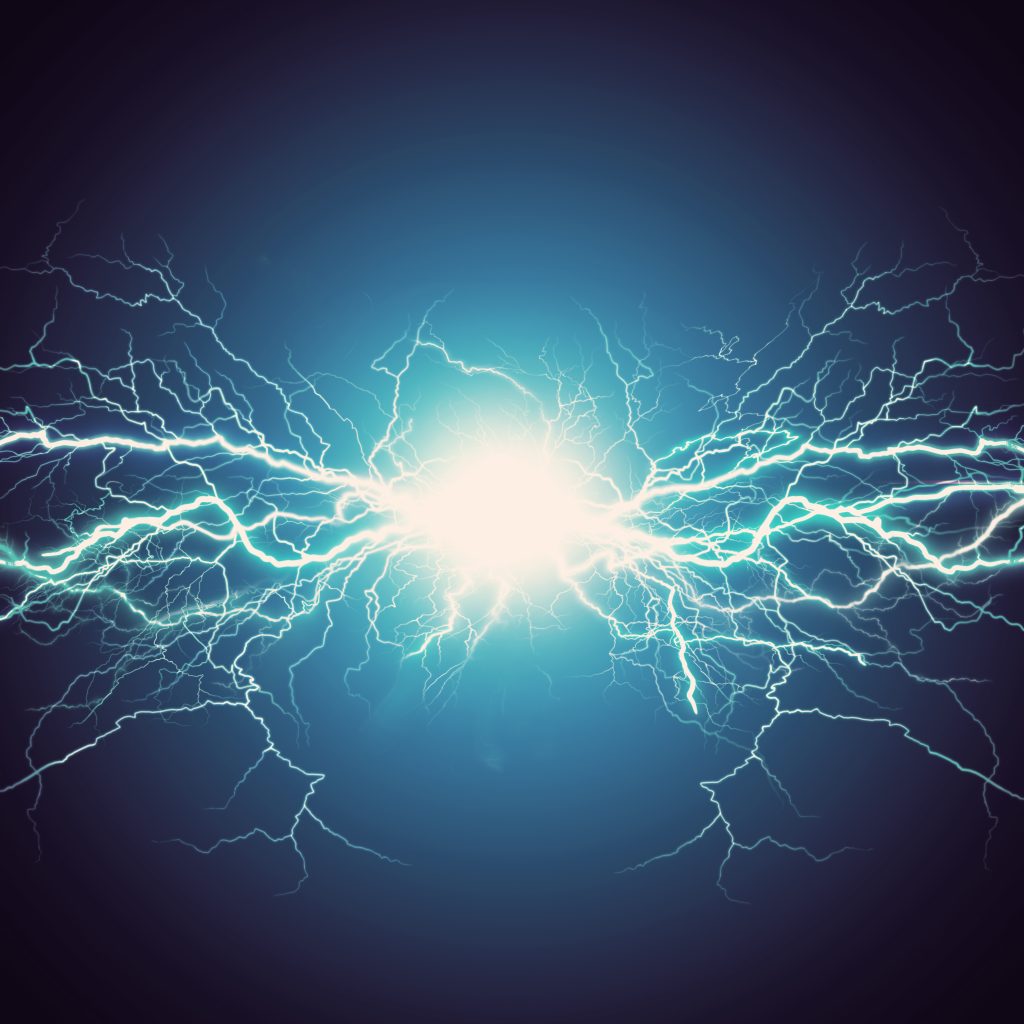Looking into 2024, it is anticipated that electricity prices may continue to rise in many regions, including Canada. This trend is influenced by various factors, including the cost of fuel sources (like natural gas), investment in infrastructure, regulatory changes, and the shift towards renewable energy. While beneficial for the environment and long-term sustainability, the transition to renewable sources can involve significant upfront costs, which may be reflected in electricity pricing. Moreover, global economic conditions, such as fluctuations in natural gas and oil prices, also play a significant role in determining electricity prices. Geopolitical events and policies, including carbon pricing and environmental regulations, can further influence these costs.

Electricity storage is crucial to managing the balance between electricity supply and demand. Unlike other forms of energy, electricity cannot be stored easily once generated; it must be used immediately or converted into other forms of energy for storage. The most common method of electricity storage is in the form of potential energy in pumped-storage hydroelectric facilities. In these systems, electricity pumps water to a higher elevation. When electricity is needed, the stored water is released to flow downhill through turbines, generating electricity.
Electricity can go off when it rains due to the increased risks of faults and disruptions in the electrical system. Rainwater can cause short circuits in power lines or electrical equipment, mainly if vulnerabilities exist, such as exposed wires or damaged infrastructure. Lightning strikes during storms are a common cause of power outages, as they can damage power lines, transformers, and other components of the electricity distribution network. Heavy rain and strong winds can bring down trees and branches onto power lines, causing outages. The grounding of electrical systems can also be compromised in wet conditions, leading to safety mechanisms tripping to prevent further damage or danger. Utilities, including Peace Power, often prepare for such events with rapid response teams to restore power as quickly as possible.
The electricity market in Alberta operates under a restructured framework that fosters competition and consumer choice. In this market, electricity is generated by various private companies, which may utilize different sources such as coal, natural gas, wind, solar, hydroelectric, and biomass. These generation companies sell their electricity into the wholesale market managed by the Alberta Electric System Operator (AESO). The AESO is responsible for ensuring the reliable operation of the provincial power grid, managing transmission access, and facilitating the buying and selling of electricity among market participants. Retail electricity providers purchase electricity from the wholesale market and offer it to consumers, including homes, businesses, and industries. Consumers can choose their electricity providers and pricing plans, allowing them to shop for competitive rates and service options.
A brownout is a temporary reduction in voltage or power supply that can cause lights to dim and electrical appliances to malfunction. Brownouts are usually caused by high demand for electricity, and power companies may implement them to avoid a blackout or overload on the power grid. While brownouts are less severe than blackouts, they can still cause damage to electrical equipment, so it’s important to turn off appliances and devices during a brownout to prevent any damage.
Alberta’s electricity prices have surged in 2024 due to the growing international demand for natural gas, a key component in electricity generation. This surge is due to global geopolitical tensions, the shift towards renewable energy, and the federal carbon tax on natural gas and electricity generated using combustible fuel. As Alberta’s electricity market is deregulated, it leads to significant price volatility influenced by the balance of supply and demand. The province’s reliance on natural gas for electricity generation means global price changes directly affect local electricity prices, and the current trend indicates a continued increase.
To read your electricity metre, you need to know what type of metre you have. There are different types of metres, including digital, dial, and smart metres. Your utility company should provide you with instructions on how to read your metre, but generally, you’ll need to record the numbers or digits displayed on the metre.
Links